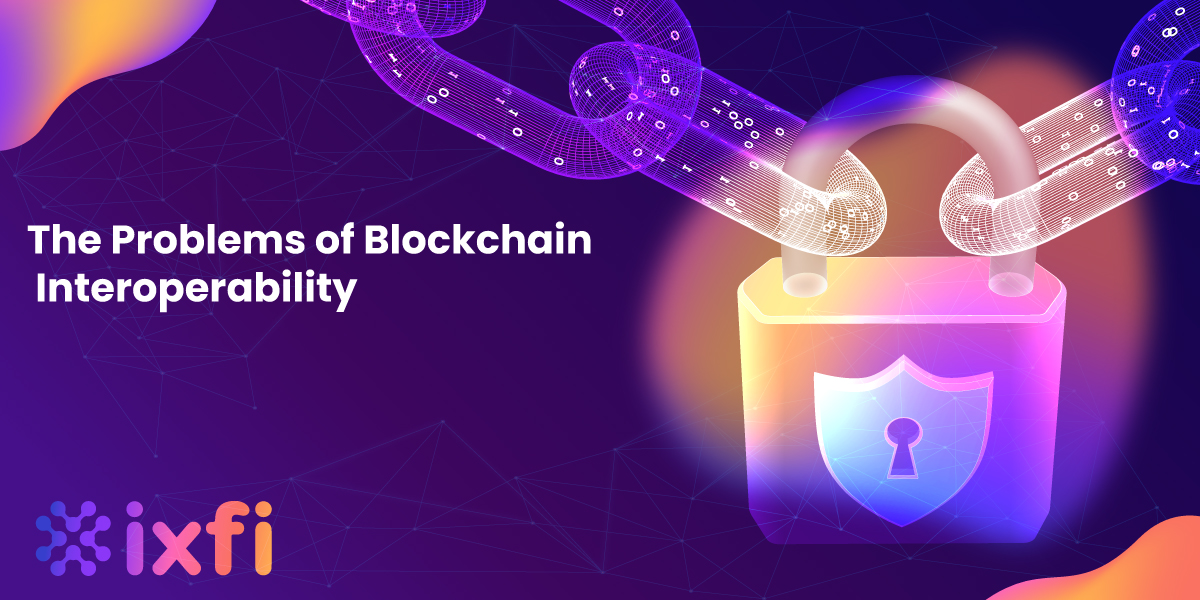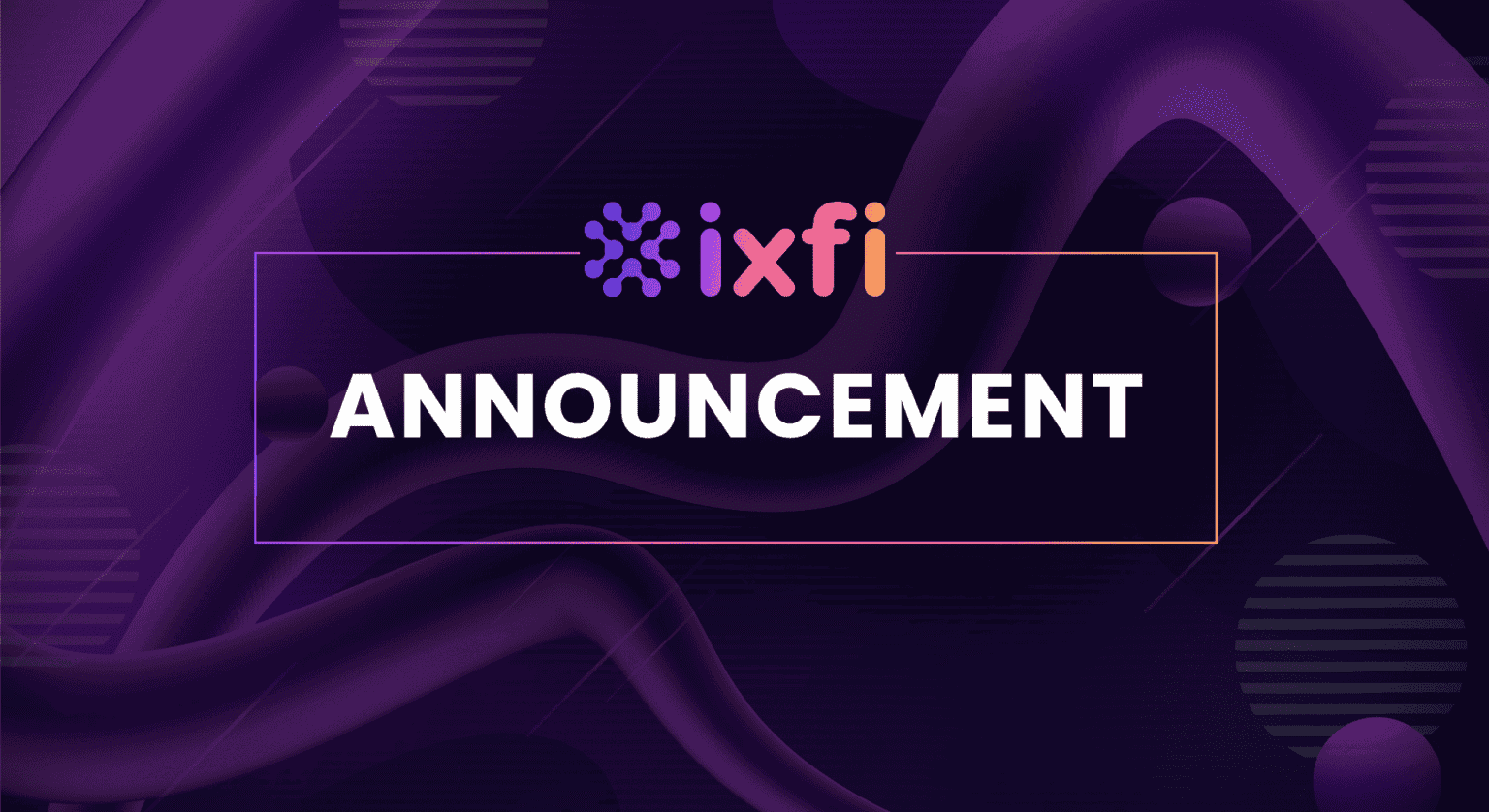The interoperability of the tech zone refers to the capacity of a system to use resources from multiple zones like they are built to communicate with one another. For example, we can imagine highways and roads and the way they are made to be combined by bridges, curves, or loops that connect them. Even if each of them has a different name, number, and destination, they can communicate if the road network is built in a way that allows it. It is way more accessible from all standpoints to build roads that can be connected rather than making them from zero each time. The problem is getting complicated regarding advanced technologies and distributed networks. The problem is never completely solved. It just has another level of complexity.
What is the Blockchain problem, more precisely?
Also known as cross-chain operability, it has ties with several decentralized networks that share and use data and unique types of cryptocurrencies that must be moved between the blocks of multiple networks. After sharing all of this data, it’s vital that it can be modified enough to send an order to the other end – or to make the data intelligible for every user. In short, the issue is to make several networks communicate amongst them to become more practical and make the users’ lives easier.
For example, a logistics Blockchain can share data with a brokerage Blockchain to offer unique services to its clients. Several giant corporations already collaborate with Blockchain firms to optimize their services.
Every Blockchain comes with bold ideas and capabilities and claims to possess the solution to many existing problems. Together, these networks can revolutionize the technical digital space by creating products that can benefit from multiple capabilities – all at the same time, depending on the users’ needs. However, the lack of interoperability is often a critical blockage in adopting this technology on a larger scale.
What benefits could Blockchain interoperability bring?
Let’s say, for example, that Solana, Avalanche, and Polkadot could communicate between them. In doing so, these Blockchains could offer a large spectrum of Smart Contracts based on which new digital applications would be built – or the existing ones would be improved. The time required for searching would be much lower. The transactions are much cheaper because users would no longer need similar technologies to create Wrapped Tokens or use multiple electronic wallets.
An open space where multiple commands are processed on various networks of the central hub – this is the basic idea behind crypto technology. By eliminating third parties like banks, call centers, or payment processors, space, time, and money is saved – while data can be accessed from anywhere in the world.
What can be done in this regard?
Even if Blockchain technology is not entirely interoperable, there are diverse modalities that developers are using to get closer to a more homogeneous image of the network. One of these solutions is Wrapped Tokens. For example, a Wrapped Bitcoin mimics the price of an actual BTC coin, but it can exist on Solana’s Blockchain. These tokens are called Wrapped because, in essence, it’s still the same coin, but they can live on another Blockchain. This property helps the crypto space’s development as applications can easily share liquidity.
Furthermore, some Bridges allow a specific asset held by a party to be locked on a network. In contrast, an identical asset – but compatible with the Blockchain the users want to use – is built and sent to an address owned by the first owner. Bridges facilitate the cross-chain transfer without interruptions and offer market liquidity.
Sidechains are separate Blockchain networks compatible with a sole main chain. Each parallel chain (or sidechain) has its consensus mechanism with specific tokens and security.
Oracles make the difference between offline and online information disappear. Decentralized Oracle services are built to fuel the data outside of the network channeled towards Smart Contracts. It also contributes to how Blockchains communicate between them by linking multiple ecosystems to a common source.
Your Friendly Crypto Exchange is the best place to learn more about the Blockchain and to improve your skills as a trader. Join IXFI for a truly seamless experience.
Disclaimer: The content of this article is not investment advice and does not constitute an offer or solicitation to offer or recommendation of any investment product. It is for general purposes only and does not take into account your individual needs, investment objectives and specific financial and fiscal circumstances.
Although the material contained in this article was prepared based on information from public and private sources that IXFI believes to be reliable, no representation, warranty or undertaking, stated or implied, is given as to the accuracy of the information contained herein, and IXFI expressly disclaims any liability for the accuracy and completeness of the information contained in this article.
Investment involves risk; any ideas or strategies discussed herein should therefore not be undertaken by any individual without prior consultation with a financial professional for the purpose of assessing whether the ideas or strategies that are discussed are suitable to you based on your own personal financial and fiscal objectives, needs and risk tolerance. IXFI expressly disclaims any liability or loss incurred by any person who acts on the information, ideas or strategies discussed herein.


